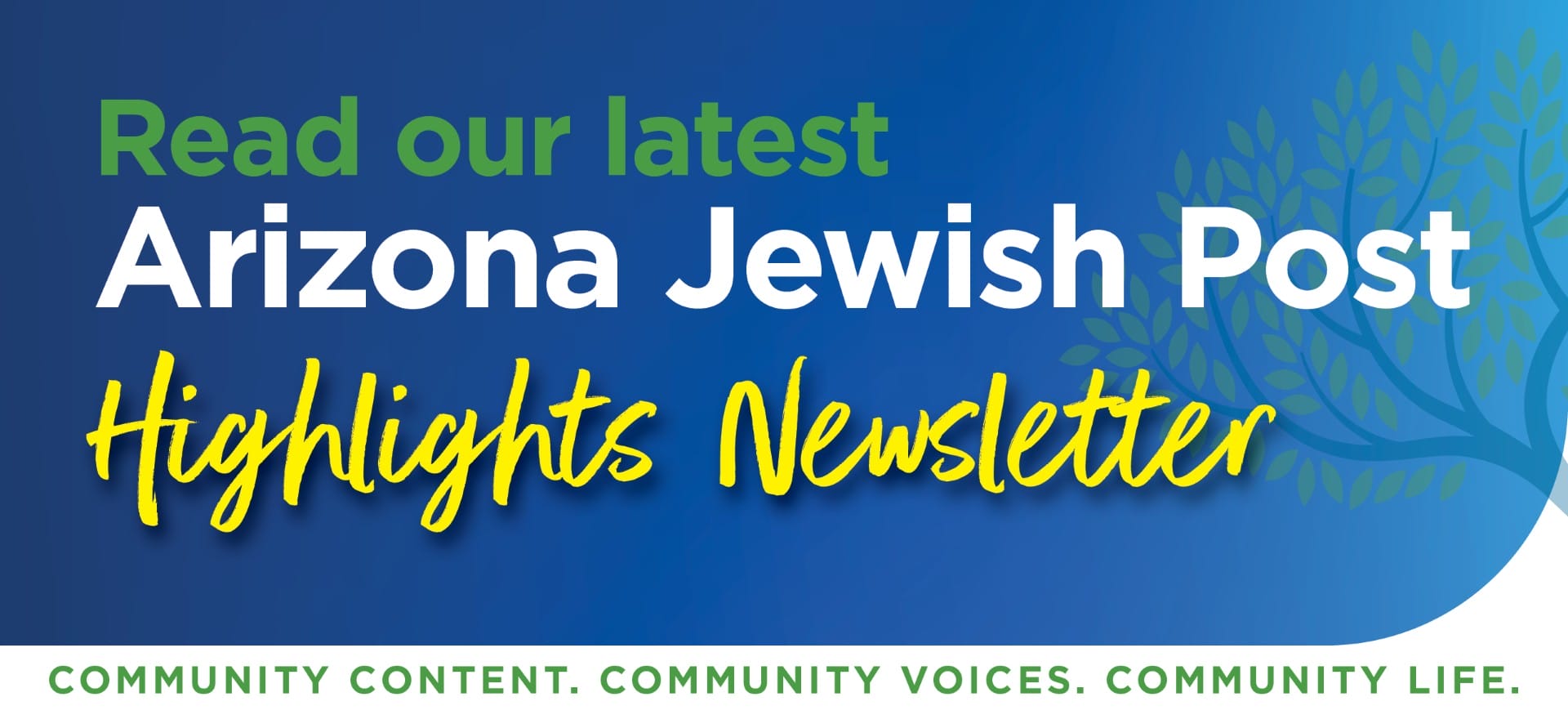
Many know that I was born and raised in a moshav in the Golan Heights, northern Israel. But what does a moshav actually mean? According to Wikipedia, a moshav is “a type of Israeli village or town or Jewish settlement, in particular a type of cooperative agricultural community of individual farms pioneered by the Labour Zionists between 1904 and 1914, during what is known as the second wave of aliyah.”
To me, a moshav means growing up in a small, close community surrounded by nature, trees, flowers, and fields. It means living a simple life, in contrast to urban living, running barefoot, and feeling a deep, genuine connection to the landscape of the Golan Heights and the land of Israel.
Ask any “moshavnik” (a resident of a moshav), and they will tell you that one of the highlights of life in the moshav is the festival of Shavuot. Shavuot, also known as the “Harvest Festival” or “Harvest Holiday,” marks the beginning of the season for bringing bikkurim, the first fruits, to the Holy Temple. In Israel, particularly in agricultural communities like moshavim and kibbutzim, Shavuot is a profound expression of our core agricultural identity and our deep connection to our homeland, its nature, and its land.

On Shavuot in the moshav, there is a traditional festival filled with unique customs. Everyone who attends the festival wears white clothes and flower crowns. One of the oldest traditions is the presentation of the agricultural produce grown there. Farmers bring their finest fruits and vegetables onto the stage, and the entire community cheers with pride. There’s a shared sense of accomplishment and pride in our local produce and our role as a community that preserves the value of hard work.
Another beautiful tradition is the performances and dances to Israeli music, celebrating our Hebrew culture. Children of all ages participate in traditional dances with baskets of bikkurim, and parents of babies born that year join in with their newborns, creating a heartwarming celebration of new life and growth.
But perhaps my favorite tradition is the competition of carts attached to tractors. Each group that wishes to participate comes together to create a themed cart and tractor. In the past, these carts primarily showcased the first fruits from the moshav’s various agricultural branches. Today, the competition has become more elaborate and humorous! I remember being part of the teens’ group, creating the most creative carts like a “cinema cart,” screening a film and handing out popcorn to everyone.

Another time, we represented the bees and honey produced in our moshav, dressing up like bees. And one unforgettable year, we created a cart representing the “pioneer generation,” dressing up like the farmers who founded the moshav.
What stands out most in my memories is a deep sense of pride, throughout all ages and groups. I remember feeling that I could celebrate my identity, that I belong. That I am a part of the land, and the land is a part of me. For me, as a moshavnik Israeli, Shavuot is about celebrating my roots and my Israeli indigeneity. It’s the deepest way to express our Jewish identity—through a profound connection to the land itself. It’s about celebrating us being an integral part of the land itself.




